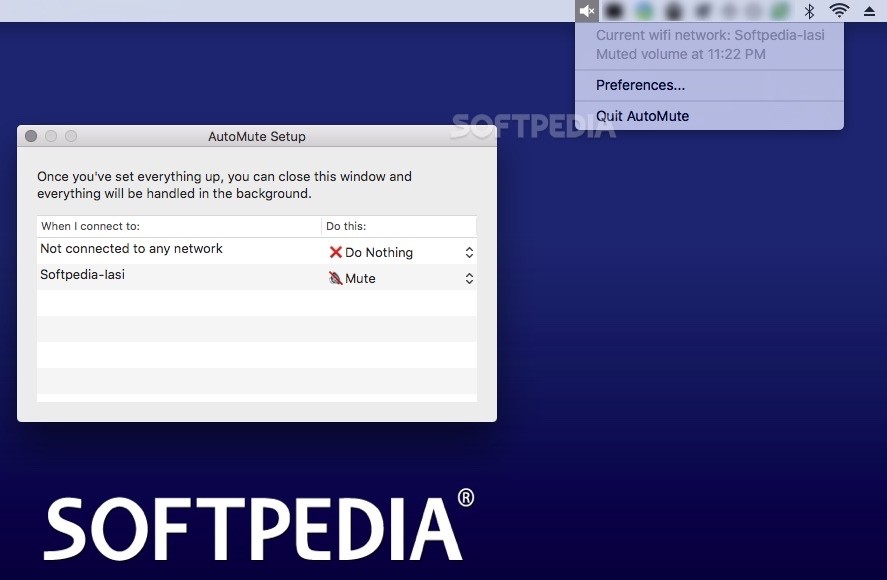

#AUTOMUTE CHROME WINDOWS#
What version of Windows and Internet Explorer do you have, and are you on a corporate network? If you are, what kind of proxy settings are set in IE? I'm not sure how this change would effect security, so I would only do this for testing purposes. From my testing, only that top checkbox (intranet) needed to be unchecked to allow access (to localhost), but it may be different for you. You can disable this block (not sure how this effects general security of IE) by following the steps in this StackOverflow post. It looks like your system is blocking 127.0.0.1 too, for some reason. On my system, IE is forbidden from accessing localhost, but is allowed to access 127.0.0.1. It then uses this WebSocket to connect to Chrome.
This script works by creating a hidden web control (IE) and using Microsoft's WebSocket object through COM. Afterward, use PageInstance.Call() to call protocol endpoints, and PageInstance.Evaluate() to execute JavaScript. To connect to the newly opened page call PageInstance := ChromeInstance.GetPage(). Once an instance of the class Chrome has been created, Google Chrome will be launched. When this parameter is omitted, port 9222 will be used as specified in the Chrome DevTools Protocol documentation. DebugPort - The network port to communicate with Chrome over. When this parameter is omitted, Chrome will be launched from the path in its start menu entry.Ĥ.

ChromePath - The path to find the Chrome executable file. When this parameter is omitted, Chrome will be opened to about:blank.ģ. Pass an empty string to open Chrome's homepage. URL - The page that chrome should initially be opened to. Because of this, it is recommended to always launch Chrome under an alternate user profile.Ģ. However, if chrome is already running under that user profile out of debug mode, this will fail. When this parameter is omitted, Chrome will be launched under the default user profile. If an empty folder is given, chrome will generate a new user profile in it. ProfilePath - This is the path, relative to the working directory, that your Chrome user profile is located. Chrome's constructor accepts four optional parameters:ġ. To start using this library you need to create an instance of the class Chrome.
#AUTOMUTE CHROME PASSWORD#
Manage your password vault with LastPass.
#AUTOMUTE CHROME UPDATE#


 0 kommentar(er)
0 kommentar(er)
